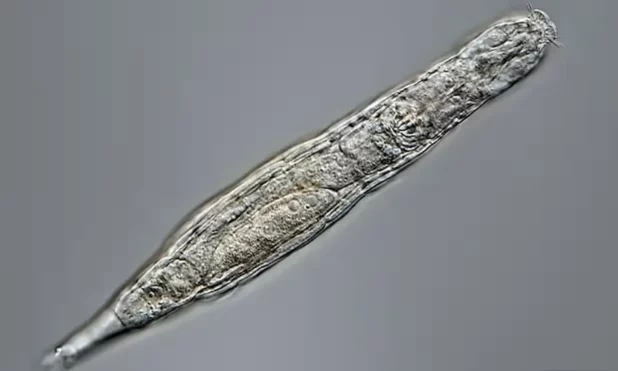Plastic pollution is horrible and an enormous problem. But at least we can see the problem.
CO2, is a lot worse, because it’s invisible.
Imagine if we could see the CO2 polluting our atmosphere, then we would probably stop burning fossil fuels straight away. #climate— Greta Thunberg (@GretaThunberg) October 13, 2018
Remember when they said plastic pollution would be solved by plankton that eats plastic?
And we were like “well, the fact that it eats it doesn’t mean that it’s capable of breaking down the molecular structure. It’s probably just shitting out smaller pieces of plastic.”
A type of zooplankton found in marine and fresh water can ingest and break down microplastics, scientists have discovered. But rather than providing a solution to the threat plastics pose to aquatic life, the tiny creatures known as rotifers could be accelerating the risk by splitting the particles into thousands of smaller and potentially more dangerous nanoplastics.
Each rotifer, named from the Latin for “wheel-bearer” owing to the whirling wheel of cilia around their mouths, can create between 348,000 and 366,000 nanoplastics – particles smaller than one micrometre – each day.
The animals are microscopic, ubiquitous and abundant, with up to 23,000 individuals found living in one litre of water, in one location. The researchers, from a team led by the University of Massachusetts Amherst, calculated that in Poyang Lake, the largest lake in China, rotifers were creating 13.3 quadrillion of these plastic particles every day.
A microscopic rotifer
Studies have shown that nanoplastics are probably more dangerous for living organisms than microplastics because they are more abundant and reactive.
If rotifers can produce 13.3 quadrillion nanoparticles a day in Poyang Lake, then the amount created worldwide is immeasurably greater. Each microplastic could theoretically be broken down into 1,000,000,000,000,000 nanoplastic particles, which are then more easily spread.
Microplastics have contaminated every corner of the planet, from the top of Mount Everest to the depths of the Mariana Trench, and research has shown they are in many humans’ blood and heart tissue and the placentas of unborn babies. They cause harm in human cells in the laboratory at levels known to be eaten by people via food.
Plastic pollution is disastrous and totally unnecessary.
They could just be burning this plastic. It can be used to create electricity.
You know whey they don’t burn it?
Because that creates carbon dioxide.
Haha.
Why You Should NEVER Drink From Paper/Plastic Cups
These cups contain a variety of harmful substances such as fluoride, lead, cadmium, microplastics, and more, which leach into the liquid you’re drinking. pic.twitter.com/mreMZq4yWC
— MAVERICK X (@MAVERIC68078049) November 5, 2023
 Daily Stormer The Most Censored Publication in History
Daily Stormer The Most Censored Publication in History



